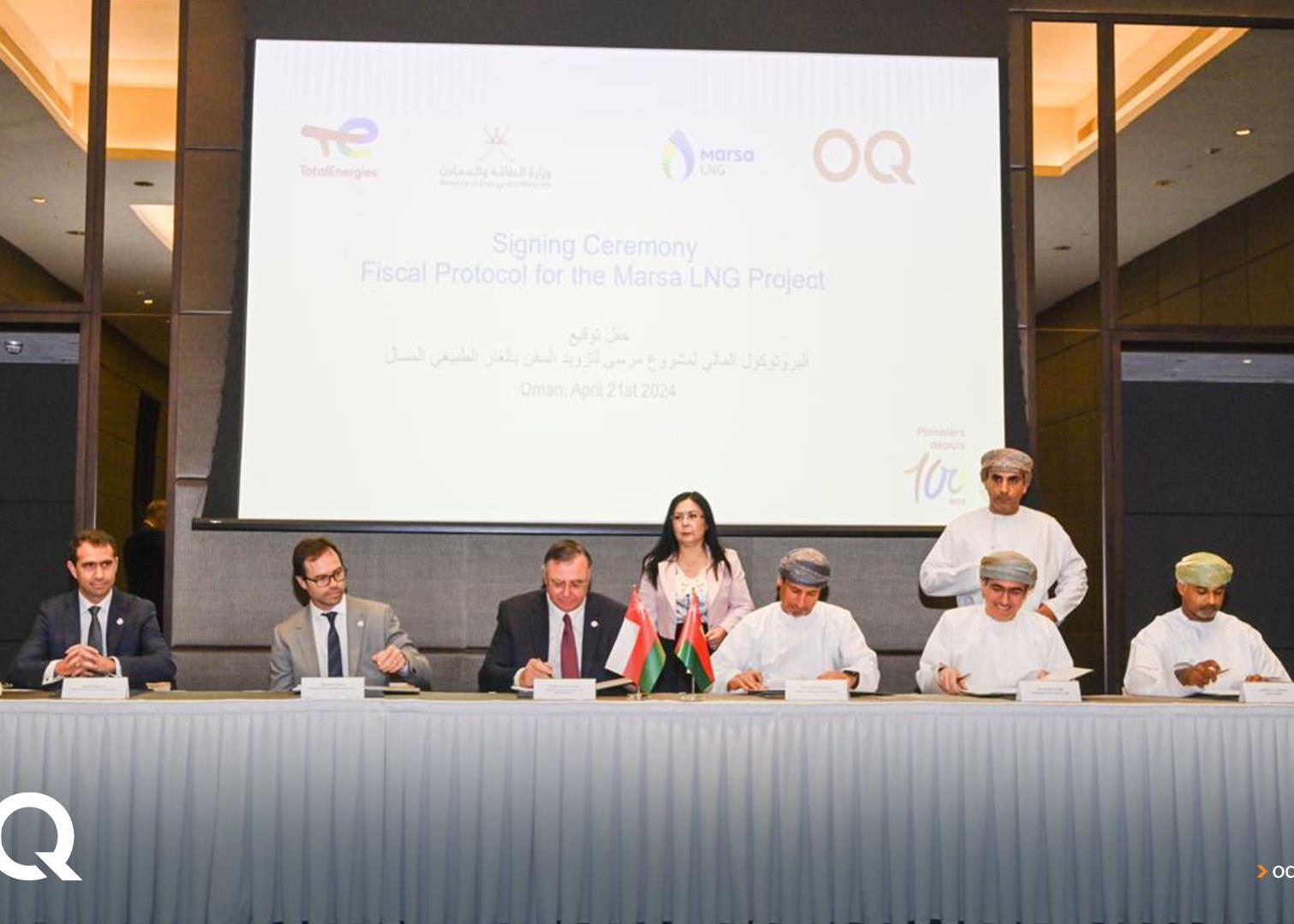
Islamic finance accounts for a meagre 1 per cent of global financial assets, says Kuwait Central Bank governor
The International Islamic Financial Market (IIFM), a Bahrain-based international standard-setting body, launched global standards for wakalah agreements on 3 June.
The agreement focuses on the management of a wakalah pool, where the muwakkil (investor) appoints the wakil as its agent, who can invest its funds in a sharia-compliant manner in exchange for a fee.
“This global standard documentation is developed to be used in the Islamic inter-bank market between financial institutions in order to manage their liquidity requirements,” said Ijlal Ahmed Alvi, chief executive officer of the IIFM. “It is also [intended] to minimise the overreliance on the use of the commodity murabaha in the inter-bank market transactions.”
Standardisation is one of the main challenges the Islamic finance sector faces. Islamic banks have been calling for the creation of national, if not global, standards for years as lack of consensus between sharia boards of different banks leads to confusion.
While the Islamic finance sector grew 20.4 per cent to reach about $1.6 trillion in 2012, the size of its global financial assets is “still trivial,” with some estimates a meagre 1 per cent, according to Mohammad al-Hashel, governor of the Central Bank of Kuwait.
“Similarly, the size of the sukuk market, with $240bn outstanding, is quite marginal when compared with the conventional debt securities market, which has an estimated size of $78 trillion. The Takaful, or Islamic insurance, industry is even smaller, a rather miniscule part of the global insurance industry,” he said at the World Islamic Banking Conference: Asia Summit in Singapore.
“Even in GCC countries and Malaysia, where Islamic banks have a signicifant presence, their share does not exceed a third of total market share, except in Kuwait and Saudi Arabia.
“This failure to reach a critical mass coupled with a high level of fragmentation has arguably led to margin erosion. Some studies show that Islamic banks’ profitability has been relatively poor partly because of structural factors, as products are complex and add to cost.”
In addition, Islamic finance is mainly centred around Islamic banking, which accounts for about 83 per cent of the industry assets. Sukuk make up another 12 per cent, with the rest falling under Islamic funds and Takaful.
The amount of short-term, tradable sharia-compliant instruments are limited and central banks’ short-term sukuks are not regularly issued in international currencies.
To address that, Al-Hashel said further growth would require distancing itself from replicating conventional banking instruments and offering products that better reflect the fundamentals of Islamic finance.
You might also like...

Contractors win Oman Etihad Rail packages
23 April 2024

Saudi market returns to growth
23 April 2024

Middle East contract awards: March 2024
23 April 2024

Swiss developer appoints Helvetia residences contractor
23 April 2024
A MEED Subscription...
Subscribe or upgrade your current MEED.com package to support your strategic planning with the MENA region’s best source of business information. Proceed to our online shop below to find out more about the features in each package.






